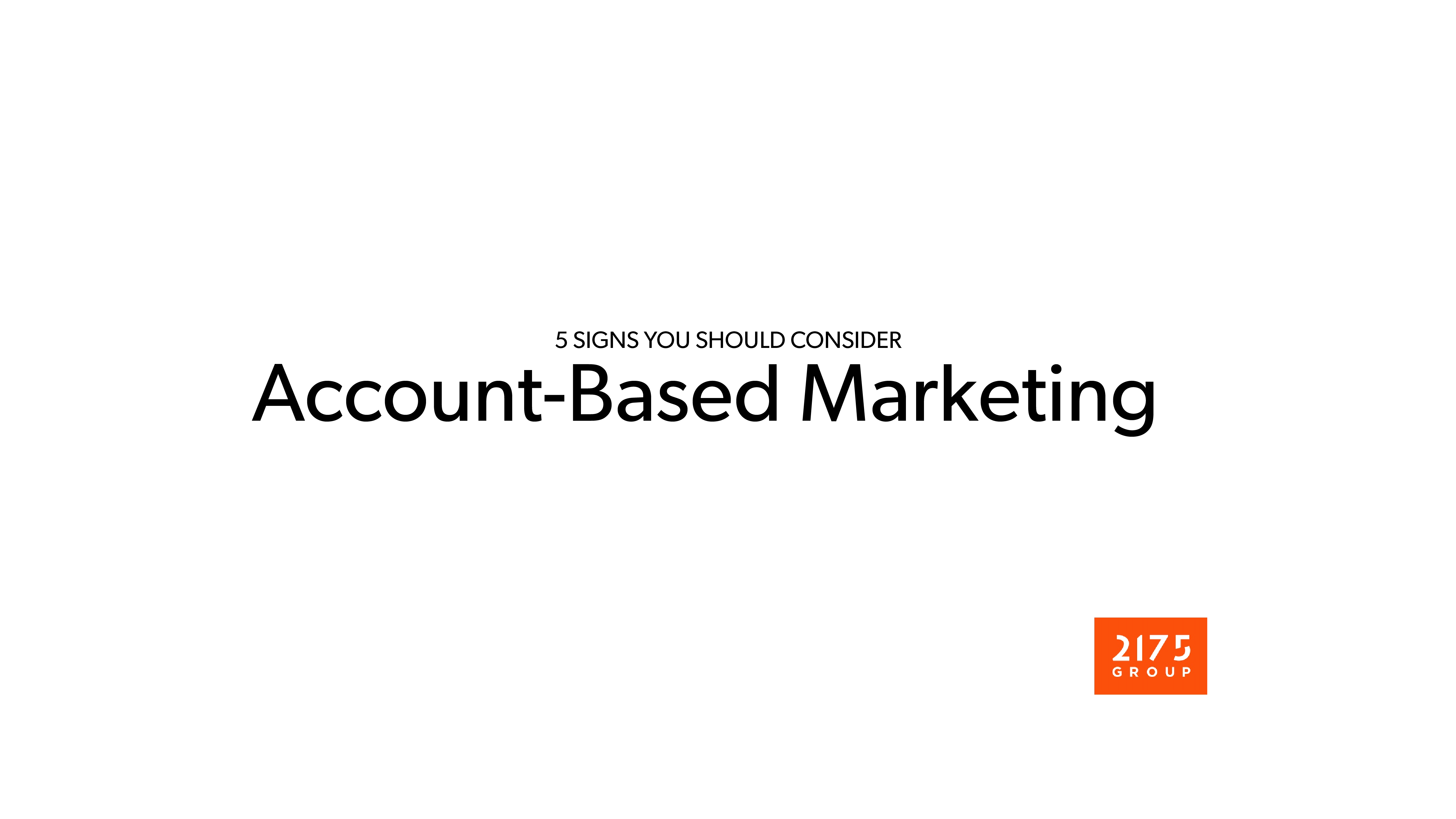Guide to sending sales emails with HubSpot Sequences
Email sequences are a great tool for just about everything sales-related. From prospecting to following up to form...
Mike Dupuy • August 06, 2020

It may sound surprising—but many marketers have been conditioned to thinking that marketing's just a number a game: The more you spend, the more contacts you get. The more contacts you have, the more money you make. It all comes down to percentages as leads move through the marketing funnel, right?
Traditional marketing follows that logic:
The reality is that the internet has fundamentally changed how people buy. With buyers having all the information they need to make a decision at their fingertips, you have to stand out from your competition—and treating your lead as a number just won't cut it.
Here's a test. If any of the following sound familiar, it might be time to start rethinking your marketing strategy.
Account-based marketing (ABM) is a growth strategy where marketing and sales teams work together to create personalized, smooth buying experiences for high-value accounts. In simple terms, you need to start thinking about companies like people.
Though ABM has been around for a while, it's becoming more and more relevant as businesses start to realize that the closer their marketing and sales teams work together, the better the results.
Let me start off first by saying that ABM doesn't work for everyone. Because ABM requires a strong investment from marketing and sales to create highly personalized buying experiences for a select group of companies, it's best suited for businesses that sell high-value products to other businesses (B2B) with more complex sales cycles.
The benefits for ABM are that:
ABM isn't just a software that you purchase (though there are software solutions that can certainly help). It's a strategy that requires bringing your teams together and having a shared goal in mind.
Here are some ways you can start implementing ABM at your company:
ABM is a shift in the way marketing and sales works together, and we've led the shift to ABM for many of our clients. We'd be happy to work with you to not only establish the processes, but also to leverage technology and automation (specifically HubSpot and Salesforce) to create effective ABM strategies that close more deals.
Want to learn more about how we can help you adopt ABM? Get in touch with us.
Apr 5, 2022
Email sequences are a great tool for just about everything sales-related. From prospecting to following up to form...
Nov 9, 2021
If you're a marketer, you're likely creating lists, emails, and workflows on a daily basis. While it may be easy for...
Aug 3, 2021
Today, HubSpot announced that they are introducing a new Starter tier for the CMS Hub. This brings the power of HubSpot...